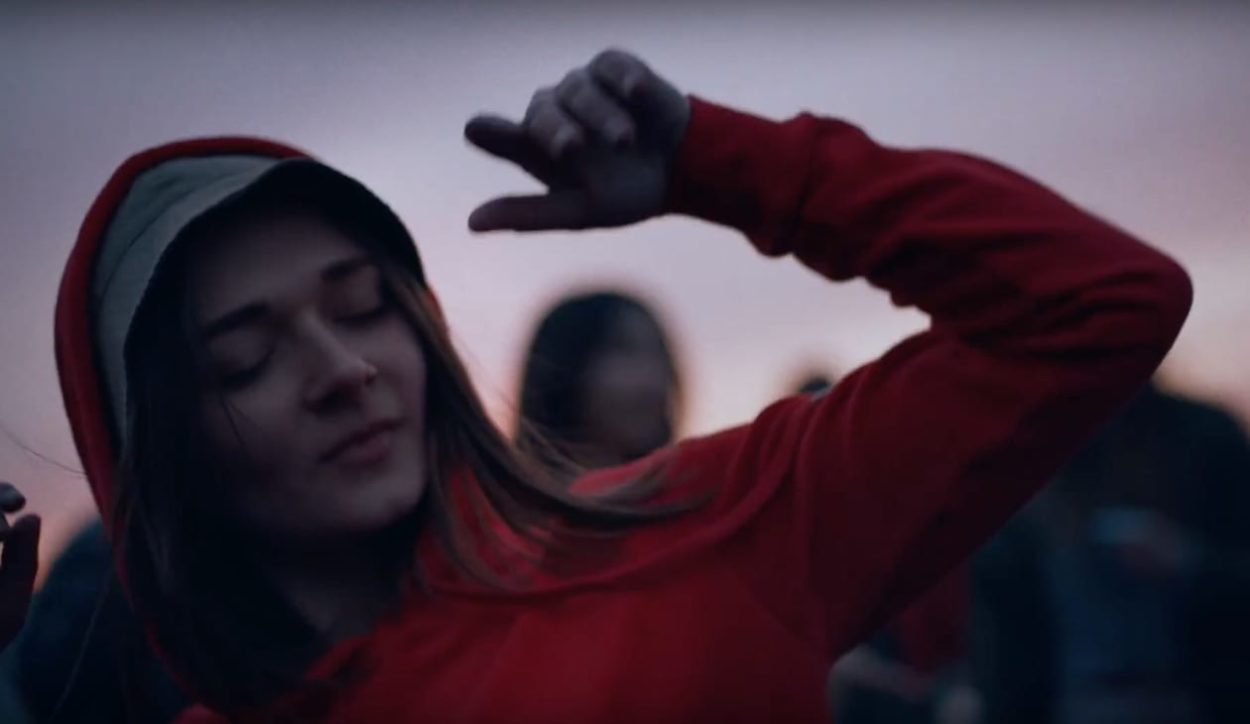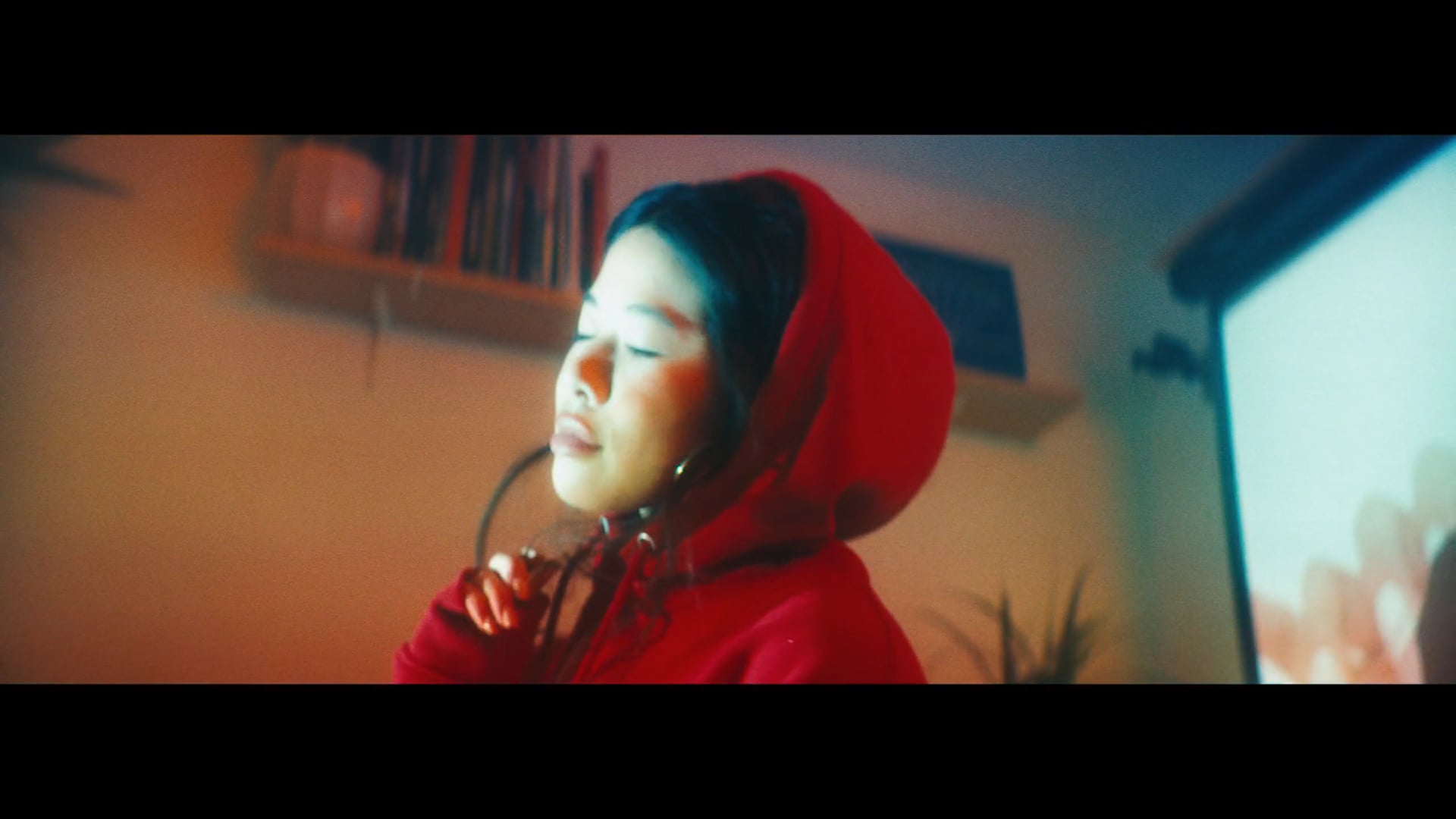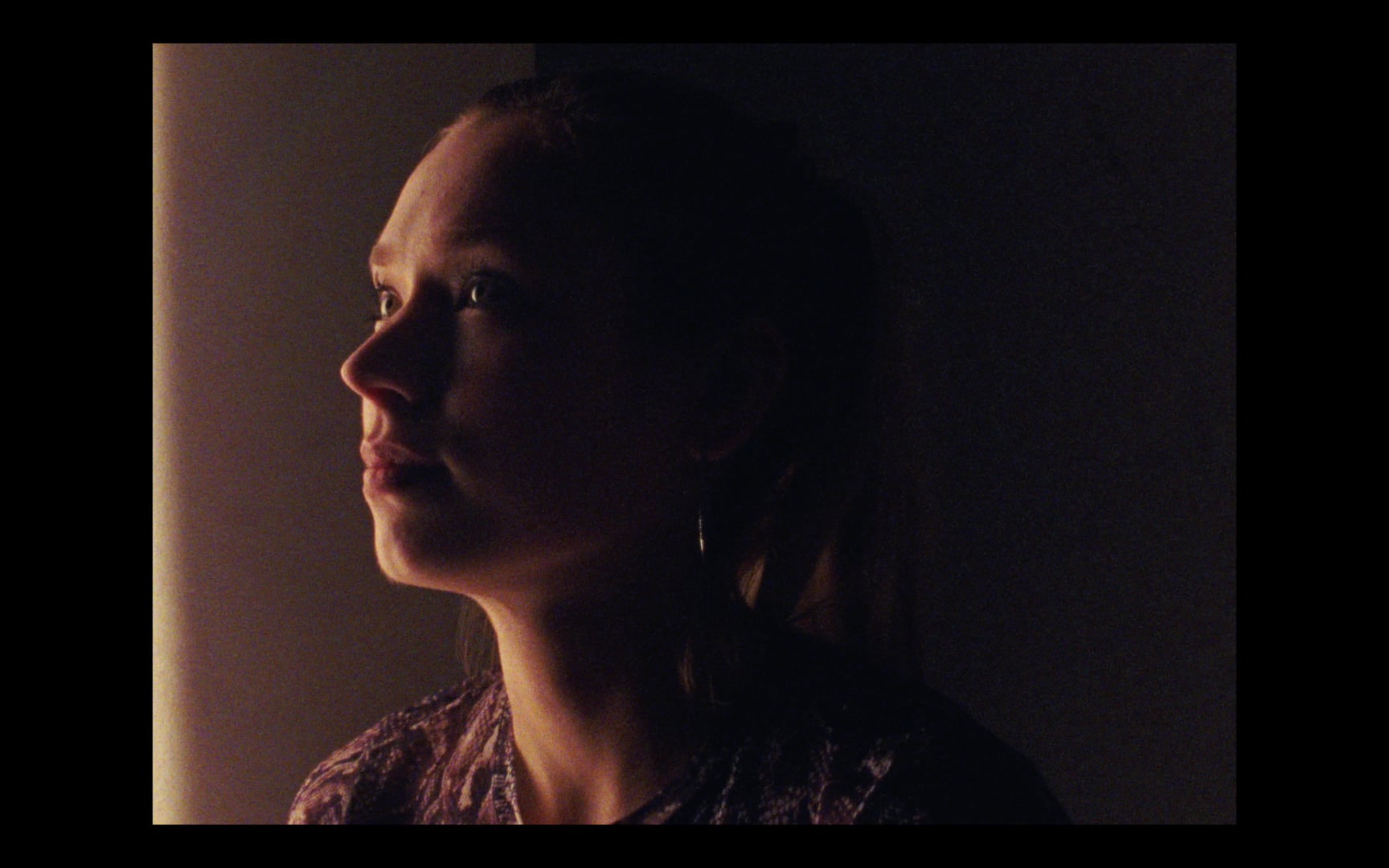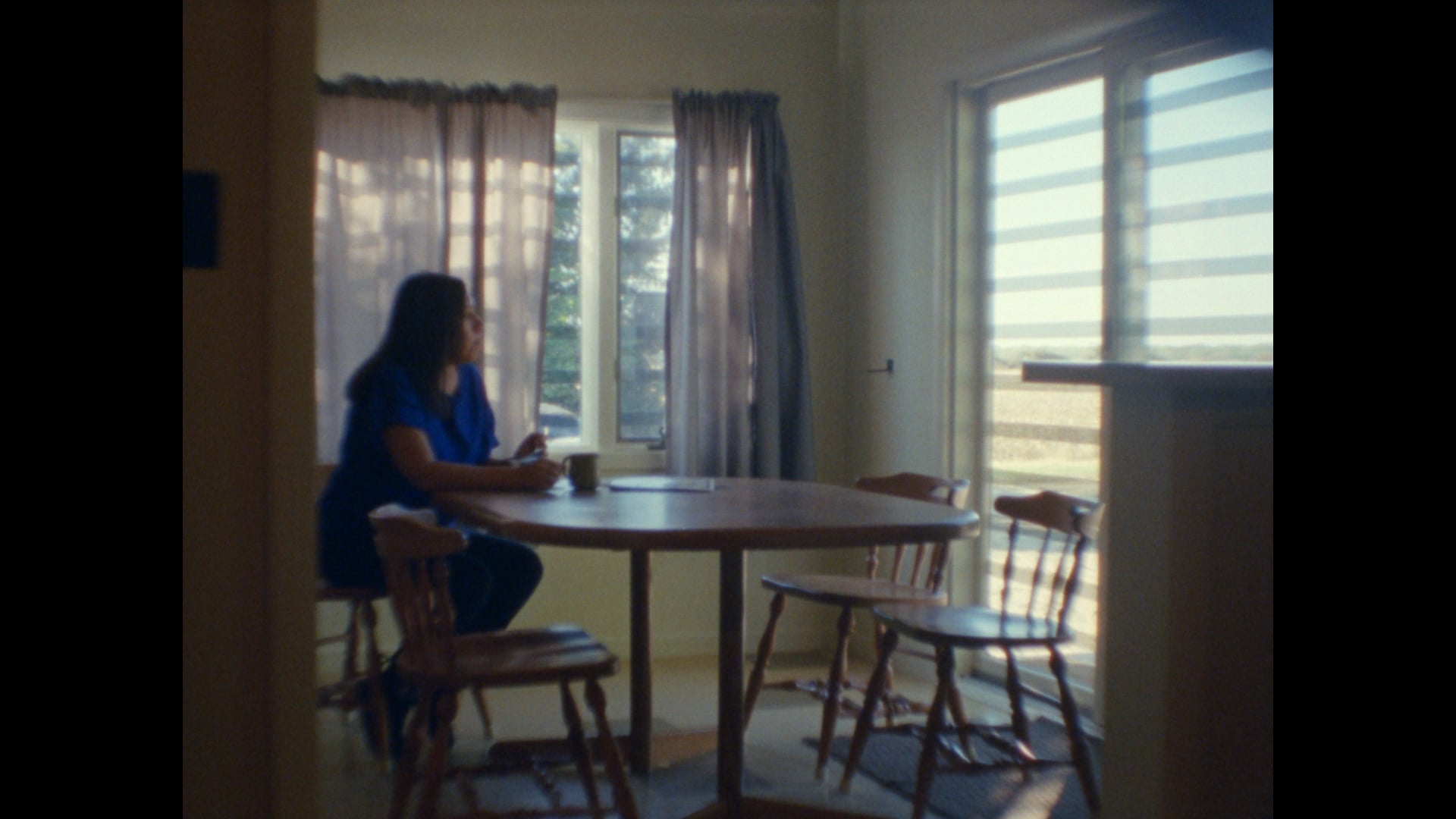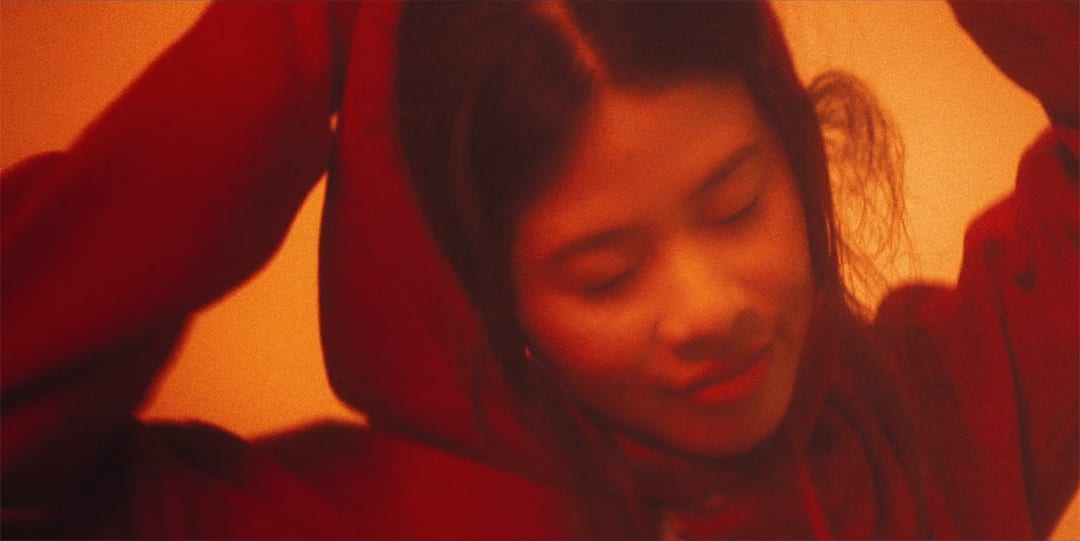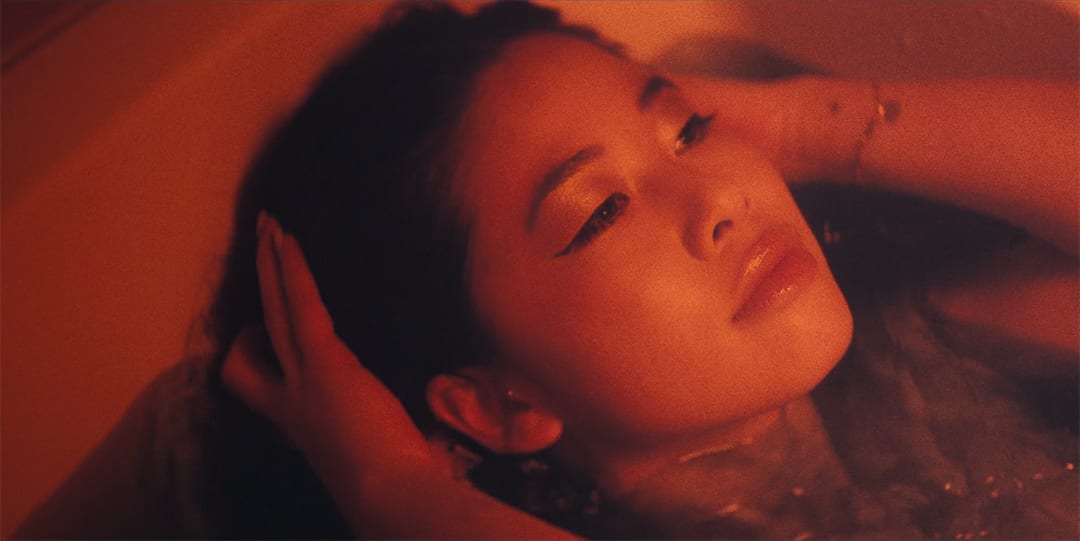Were you brought up in a particularly creative environment? Please describe your childhood.
On the weekends when I was little, me and my sister would go to piano lessons in the morning, and the evenings were spent at my parent’s jazz bar and restaurant. On the weekdays, because our parents were out at work, I’d stay up late with her watching films and TV shows that were rated much older (I told my teacher that Natural Born Killers was my favourite film, aged 7). My dad’s side of the family are the bohemians, the artists and musicians.
Our house was full of Chinese paintings and my dad would teach me to always draw with a single and decisive line. My mum’s side are the business-minded, logical, hard-workers and she instilled this relentless work ethic in me. I went to a really academic school but parents always supported my early desire “to be an artist,” and I loved painting. I spent most of my teenage years going to metal gigs and watching music videos on TV and hanging around Virgin Megastores as if I was in Empire Records.
Where was home then and where is home now?
It’s always been London – just how it’s happened! I’d love to live by the sea one day.
When did you decide you wanted to direct and make films? Did you go to film school?
I didn’t go to film school but I knew whilst I was studying graphic design at Chelsea I wanted to work in moving image and during that time I would work as a model/actor/extra. I forgot about that until recently, but I think it’s all fed into how I direct. The experience of going to castings, and seeing productions of varying scales. Then, in the time between uni and my first job in-house at a production company I just watched films all day – it taught me a lot about film language and what I like.
Your films increasingly use special effects and techniques culminating in this fabulous upside-down world in the film for Meduza’s track Piece of Your Heart. Have you been consciously experimenting with film techniques?
I love thinking about what techniques are available to tell the story or create the world of the film, and we have a lot of licence to play in the music video realm.
What is your creative process when you are mapping out your initial ideas – do you sketch or write in words. Notebook or computer? Do you work in a set way in a usual place, discarding ideas until the visual narrative gels?
I write in a notebook and once I have the basis of the idea I go through image references as well to help me shape and strengthen the concept. I’m most often writing to music, so the song will play on repeat and there’s definitely a moment when I know the visual narrative works – it starts to play out in my mind and then I can put together my treatment. Long tube rides on the central line are great for uninterrupted thinking.
Are you more intuitive or logical?
Intuitive – then the logical side of my brain wonders how we can do it for the budget… I think intuition is really important as a Director – it’s the culmination of things you’ve taken in that leads you to make certain decisions and sometimes it’s not obvious why, but it’s clear that’s the only way.
Some of the camera moves are poetically choreographed, like the long tracking shots and aerial shots – please tell us about your process working with the cinematographer.
I’ve always loved long tracking shots; my first music video had a 30 second steadicam shot to open, and it’s continued throughout my work. I think they can work beautifully as both narrative device and visual engagement and I’ll often write them into my idea. Again, with the aerial shots, it was a large part of the idea for the Meduza video, so I already had it in mind when writing it. I come into a project with a strong idea of the visual film language and what’s appropriate to tell the story, then the DOP elevates it and finesses the technical elements. I tend to work with a lot of different DOPs, as I believe it’s about picking the right person for each project and there are so many incredible DOPs working at the moment. I really enjoy and appreciate the collaboration and try to get someone attached to the project as soon as possible.
You pay particular attention to lighting – is dusk or dawn your favourite hour?
Dusk is my favourite time, there’s so much richness in the colour between sunset and night, and I really love the blue tone and atmosphere of dusk. Plus, I’m hardly awake at dawn!
How much of the films come together in the edit? Do you simply have a shot list and piece it together in the edit or is the sequence meticulously mapped out before shooting?
I’m always clear about how the final film will be before we start shooting but always stay open to new ideas or moments to capture on the day. When I first started shooting on film I loved it because of the finite amount we would have and the preparation process required. Having said that, I’ve worked with the same Editor for almost all of my projects, Samuel Marr at The Quarry. He’s really incredible and we work together so well, I really trust him to bring his own creativity to the edit, tight cut points and moments that I would never think of myself.
Is that you starring in your directed film Sega Bodega, Kisses 2 My Phone? I so love the party scene, did you stop down the speed to get that beautiful sensuous mood?
Yes, that’s me! The brief was about self-care and the concept couldn’t have been more appropriate at a difficult moment in my life. It was a challenge to see myself in front of the camera, but I wanted to create a looping, ritualistic world of introspection and care.
We shot at a higher frame rate so we could use slow-mo and feel really intimate and close-up at the beginning of that shot. We started shooting at dusk and the blue sky was a great contrast with the sodium orange of the streetlight. That video was a really fun one to grade and draw out the strong colours in the visuals.
There is nothing formulaic about your work, you obviously consider each piece as if it’s a new art work. Screen Tests for the band Balcony as well as Cranes, Mafiosos and Polaroid Cameras both feel as if you used simpler filmmaking processes. Please tell us about both these films.
Thank you! It’s fun to be able to work on different projects, and I hope there is a distinct sensibility that ties all my films together regardless of scale or subject. These 2 projects were shot on 16mm on a Bolex, super simple. Both films are reflective pieces and I wanted an intimacy with the cast. I could achieve that by shooting it myself in the case of Screen Tests. It was based on Andy Warhol’s films – I wanted to capture and document peers and artists working at this time, so we might be able to look back at in 20 years and see where we came from and where we are now, and how our thoughts on love might have changed.
Cranes, Mafiosos and a Polaroid camera was a crew of three – me, a DOP (Luke Scully) and my friend as production. We shot on location in Nebraska and the Badlands of South Dakota. An adventure for sure. I was working with a non-actor, the late Crystal Lieb, and the intimacy and introspection of the story of a woman coming to terms with her identity, haunted by conflict and history as a Native American, felt like a personal approach was necessary. This was a really important film for me and a lot of amazing people supported it through crowd-funding so it’s great to see it do so well at festivals.
Represented by Believe Media
